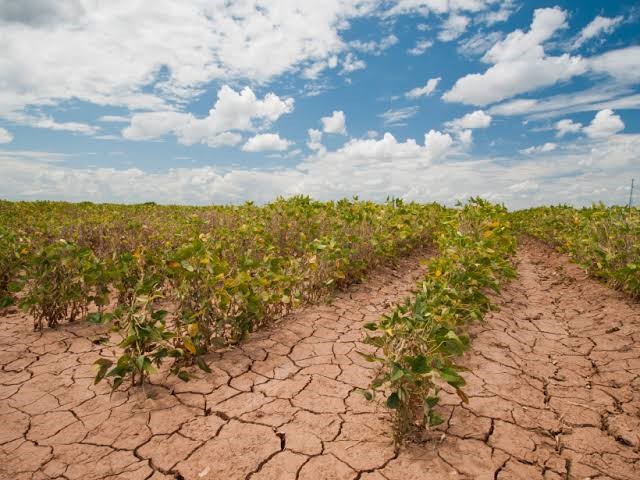Free Courses Sale ends Soon, Get It Now


Free Courses Sale ends Soon, Get It Now



Disclaimer: Copyright infringement is not intended.
Context:
Evolution and Essentials of India’s Climate Policy
|
Early Initiatives (1980s-1990s) |
●1980s: India started participating in global environmental discussions, such as the United Nations Conference on Environment and Development (UNCED). ●1988: Establishment of the Ministry of Environment and Forests (MoEF). |
|
The 1990s |
●1992: India participated in the Rio Earth Summit and ratified the United Nations Framework Convention on Climate Change (UNFCCC). ●1993: Creation of the National Conservation Strategy and Policy Statement on Environment and Development. |
|
Early 2000s |
●2001: India's First National Communication (NATCOM) to the UNFCCC, detailing national greenhouse gas (GHG) inventories and climate mitigation efforts. ●2002: Introduction of the Energy Conservation Act, promoting energy efficiency and conservation. |
|
Mid-2000s |
●2008: Launch of the National Action Plan on Climate Change (NAPCC), outlining eight missions focused on climate change mitigation and adaptation, including the National Solar Mission and the National Mission for Enhanced Energy Efficiency. |
|
Late 2000s to Early 2010s |
●2009: India’s Copenhagen Pledge to reduce emissions intensity of GDP by 20-25% from 2005 levels by 2020. ●2010: Establishment of the National Clean Energy Fund (NCEF) to support clean energy initiatives. |
|
2010s |
●2015: Submission of India's Intended Nationally Determined Contribution (INDC) under the Paris Agreement, aiming to reduce emissions intensity of GDP by 33-35% by 2030 from 2005 levels, increase renewable energy capacity to 175 GW by 2022, and create a carbon sink of 2.5 to 3 billion tonnes of CO2 equivalent through additional forest and tree cover. ●2016: Ratification of the Paris Agreement. |
|
Recent Developments (2020s) |
●2021: Announcement of the National Hydrogen Mission to promote hydrogen as a clean energy source. ●2022: Commitment to achieve net-zero carbon emissions by 2070, increase non-fossil energy capacity to 500 GW by 2030, and meet 50% of energy requirements from renewable sources by 2030. ●2023: Updates and progress reports on various NAPCC missions, such as advancements in solar energy, energy efficiency, and sustainable agriculture practices. |
Five Major Determinants of India’s Climate Policy:
Geography:
Population:
Impacts:
Worldview:
Actions:
Recent Developments and Initiatives:
Conclusion:
Source:
|
PRACTICE QUESTION Q. Discuss the evolution of climate policy in India since the 1980s, highlighting the key milestones and initiatives. How have these policies contributed to India's efforts in combating climate change?(250 Words) |
© 2024 iasgyan. All right reserved